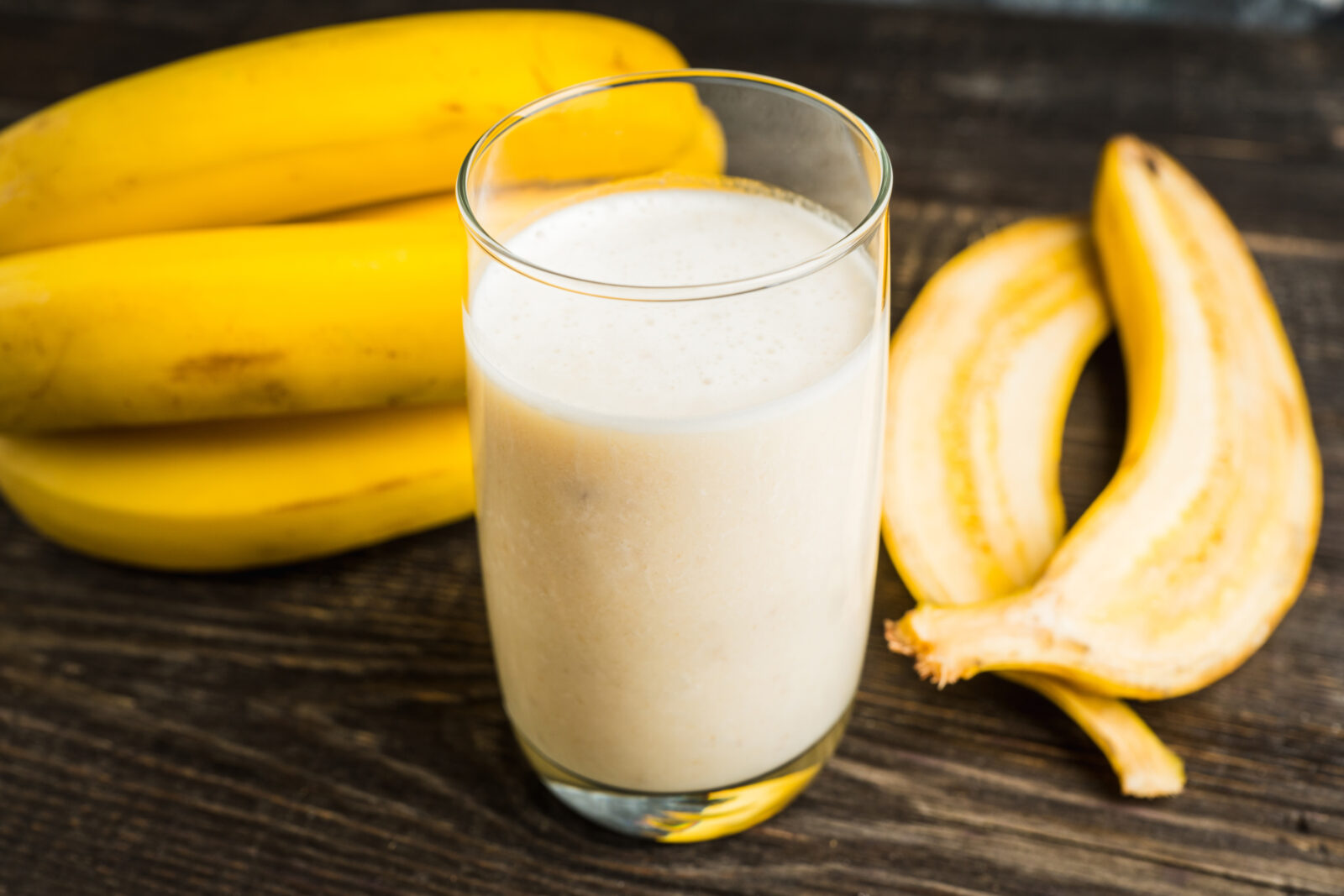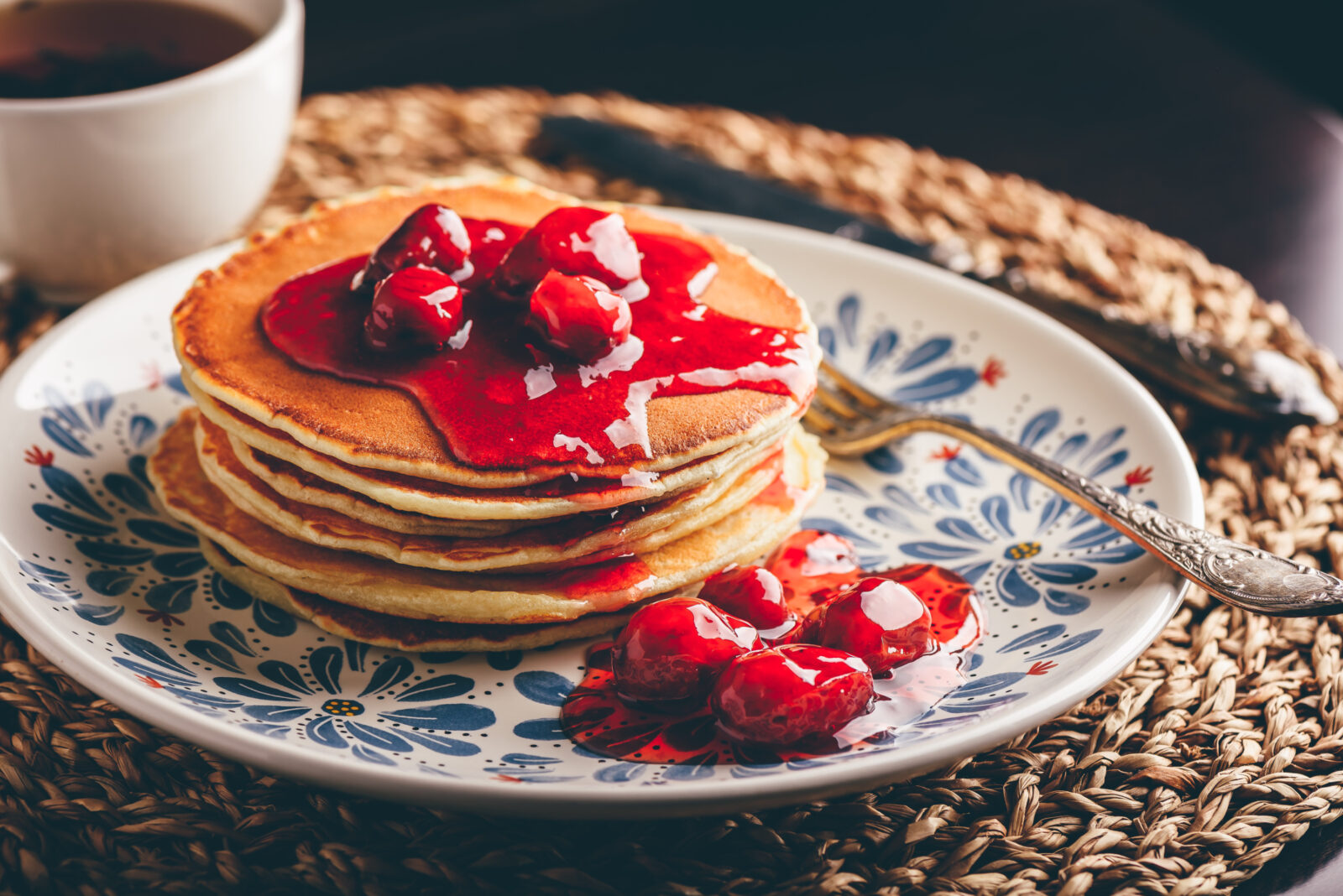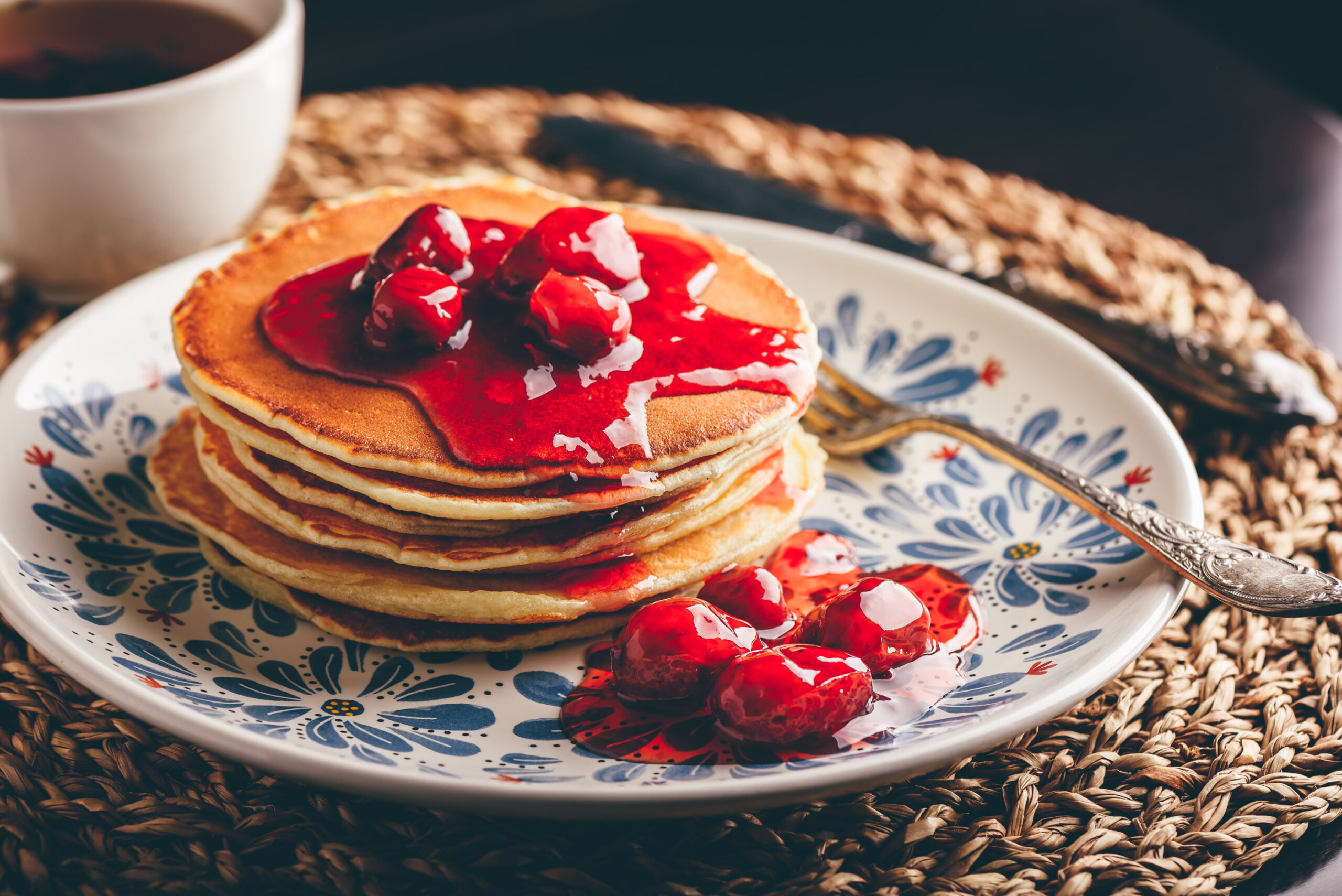Nutrition for cyclists at both the amateur and professional level has come a long way in a short time, but fueling for cycling doesn’t need to be complicated or expensive.
Most of us who have ridden a bike understand that when and what we choose to eat can impact the quality and enjoyment of a ride. A morning ride not supported by a meal can leave you drained by lunch or ravenously hungry by mid-afternoon.
While we cannot control the weather, our nutritional choices are entirely within our grasp and can enhance the enjoyment and performance of our rides. Here we explore some valuable tips for fuelling before, during, and after cycling, as both our mind and body deserve optimal nutrients.
Before riding
In the ongoing discussion of whether to eat before cycling, my response is a classic: “It depends.”
Consider the following factors for your pre-ride meal:
- What is the intensity of your ride?
- Are you a morning or evening cyclist?
- Do you have additional workouts planned?
- How much time do you have between eating and riding?
The timing of your pre-ride meal will determine the amount of food to consume and the type of food to choose. The shorter the gap, the more simple the food choice. Choices should be easy to consume and fast to digest. Recommendations for foods close to training are rich in carbohydrate, and lower in fibre, fat and protein. This helps speed the food’s movement through your digestive system, making it available to your working muscles. A pre-ride food choice can be solid or liquid. Liquid choices are great when time is very tight.
Testing out different things can help you find options that you can rely on and feel confident that they will make you feel energised and comfortable. What you choose, and what feels right for you may differ from other riders. If you are not used to consuming anything, you can start with something small and increase this over time.
Pre-ride suggestions:
- If you have 30 minutes, the choice could be a glass of milk and a banana OR one to two slices of toast with jam or honey.
- If you have 60 minutes, add a small bowl of cereal to the above.
- Make sure you are properly hydrated. Digestion works better when you are.

During your ride
The answer to “Do I need to eat during a ride?” also starts with “It depends.” If you are going on a recovery or coffee ride, you might choose to eat a little before and after, but nothing during. One of the challenges in a bunch ride is that the pace between individuals can mean one person’s coffee ride is an all-out sprint for someone else. So choose your bunch wisely!
Longer or more intense rides will benefit from consuming food or energy-containing fluids. Intense rides or rides longer than a couple of hours generally require some additional food for energy. The options that work best are carbohydrate-rich and lower fibre, fat, and protein foods.
For less intense, longer rides, aim for around 30 to 60g of carbohydrate per hour and aim to eat something every 30 to 60 minutes.
Suggestions include:
- Regular food like a muesli bar, a sandwich on white or wholemeal bread, or pikelets with jam.
- Sport-specific foods and drinks like Pure Performance + or Pure electrolyte hydration for energy and electrolytes in a drink, bars such as Cliff Bars or Winners Bars, energy gels like Pure Performance Energy Gels, or chews such as PF30 Chews or Cliff Shot Blocks.
- On a practical level, some sports foods are more portable and already packaged. Regular foods are great options, too; they just take up a little more space in your jersey pockets.
Longer rides over three hours require more energy. Eating more every hour is recommended. Between 60g and up to 120g of carbohydrates per hour can be consumed. This will vary depending on the rider and whether a race or event is on the horizon.
More sport-specific foods and drinks might be packed due to their portability.
A mix of sports and regular foods can minimise flavour fatigue that can come with consuming all sweet-flavoured foods.
The use of commercial sports drinks can encourage riders to drink due to the flavour and this is an efficient way to consume both fluid and energy.

After riding
Post-ride nutrition is often overlooked, particularly amidst our busy lives. However, it is important to remember that a latte does not constitute a recovery meal! Many cyclists try to compensate with a café feast post-ride on weekends.
Aim to eat as soon as is practical. It is not ideal to leave it longer than a couple of hours, but it does not need to be immediate. Timing is important, but consuming enough food over the day is equally important. This means eating enough food for training, recovery and the body’s basic functional needs.
Suggestions for recovery meals or snacks include:
- Toast with eggs and a tub of yoghurt with fruit.
- Cereal with milk and fruit, plus toast with nut paste.
- Toasted ham and cheese sandwich and fruit.
- A wrap or sandwich with tuna and some salad or vegetables and a small glass of juice.
- A smoothie using fruit, milk and yoghurt. A protein powder can be an easy addition to a smoothie and is an easy way to boost the protein content.

The common theme with these suggestions is that there are always foods that are rich in protein (nuts/seeds, meat, chicken, fish, milk or yoghurt) and foods rich in carbohydrates (fruit, cereal, bread, milk, yoghurt). The addition of some vegetables, salad and fruit also adds fibre and this aids with digestive health and the satisfaction of your meal.
Do not neglect your recovery meal. It is consumed after a ride to provide the ingredients to repair muscles and refill them with energy. Prioritise your post-ride nutrition to optimise recovery!
Daily meals
While proper nutrition around your workouts is essential, all your dietary choices significantly impact your health and performance. For many, adhering to regular meals featuring various foods is the key to success. Aim to include:
- A rainbow of colourful vegetables.
- A variety of foods rich in carbohydrates, such as pasta, rice, potatoes, bread, fruit, milk, and yoghurt; foods rich in protein, like beef, chicken, fish, tofu, nuts, seeds, and legumes.
- A variety of foods rich in calcium are recommended to support bone health, like milk, soy milk, yoghurt, cheese, tinned salmon, nuts and seeds and green leafy vegetables.
- Some essential fats from foods like nuts, seeds, fish, avocado and olive oil.

When activity levels are very high, even more attention and planning for daily meals and training needs is recommended. For dedicated athletes, enhancing meal planning may be necessary to meet their nutritional needs. Consulting with an accredited sports dietitian can be a valuable resource for busy individuals focused on their performance.
Most cyclists are out training to ride better, have fun and keep social connections. Make sure you support this with some thought and planning for meals and nutrition needs around exercise and training to get the most out of your riding.
For additional sports nutrition advice, consider reaching out to an accredited practising dietitian at www.sportsdietitians.com.au.
Rebecca Hay is an Accredited Practising Dietitian and Accredited Sports Dietitian. More info www.rebeccahay.com.au

Rebecca Hay
Rebecca Hay - An Accredited Practising Dietitian and Accredited Sports Dietitian who’s passionate about sharing her knowledge, Rebecca is a keen road cyclist in her spare time.


